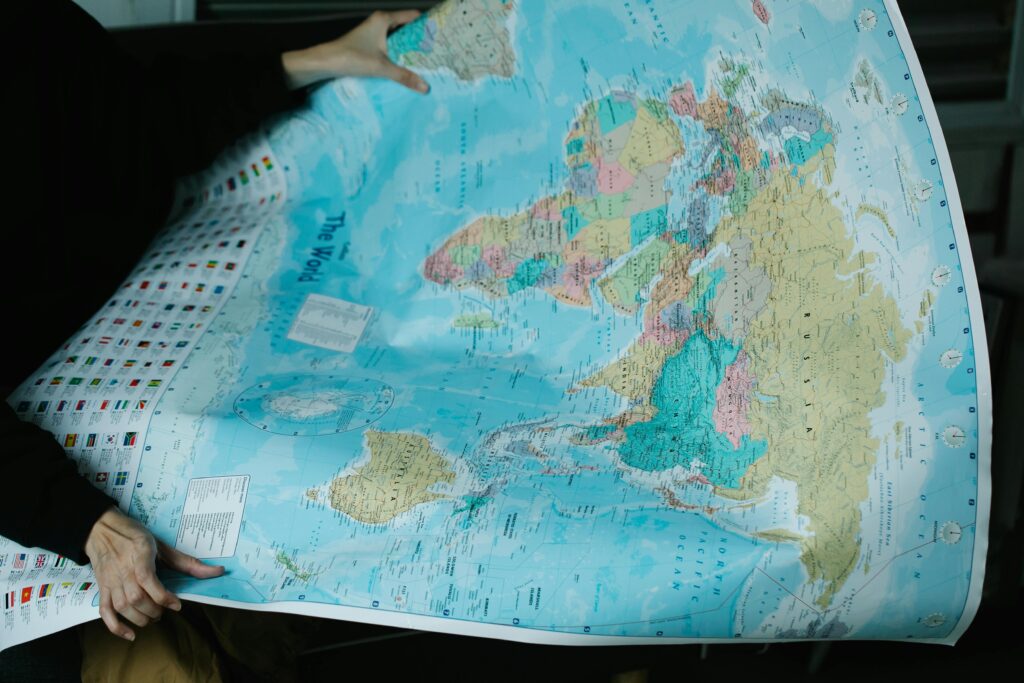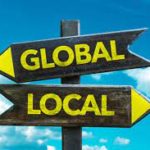Learn how to categorize countries into actionable archetypes for more effective and scalable global strategies.

If you are the head of Global Marketing or Learning and Development at a multinational corporation, you’ve experienced the following: many countries insist on unique approaches due to their distinct market dynamics, regulatory environments, and cultural nuances. It feels overwhelming to create tailored strategies or training programs for each market. What if there was a way to simplify this complexity without sacrificing relevance?
Organize Chaos: Grouping Markets into Manageable Archetypes
Archetypes allow you to categorize countries with similar characteristics, such as regulatory environments, market maturity, or cultural values. For instance, a diagnostics client initially thought the European market was mostly homogenous and didn’t tailor their strategies accordingly. This resulted in poor uptake. By grouping the payer structures within Europe into three distinct archetypes, they developed targeted strategies and saw significant improvement in their market engagement and success.
A Blueprint for Developing Effective Archetypes

- Research: Conduct qualitative and/or quantitative research to identify shared — and differing — needs and characteristics across your markets. Interview customers, industry experts or internal people who know their markets well — or, ideally, team members who know and appreciate the differences across several markets.
- Identify Dimensions: Focus on key dimensions relevant to your industry, such as levels of government involvement or market openness.
- Cluster Countries: Group countries into three to five archetypes based on these dimensions to ensure simplicity and relevance.
The advice in (3) above about limiting yourself to 3-5 archetypes is important. A pharmaceutical client of ours once created eight archetypes for a new launch strategy, which proved too complex. Simplifying to three archetypes allowed different countries to analyze, choose the most relevant one, and adapt the strategies as needed to their circumstances, ultimately achieving better customization and success.
From Theory to Practice: Leveraging Archetypes to Enhance Engagement

With archetypes in place, tailor your marketing strategies and training programs to each cluster. This targeted approach improves engagement, fosters innovation, and enhances cross-functional communication. And it makes it easy to share relevant best practices, as everyone is interested in what is working in similar circumstances to theirs.
For example, in marketing training, while market analysis steps are similar, customer engagement strategies vary. Some markets for B2B technical products have end-users comfortable making decisions, while others rely on experts. Archetypes help tailor language and value propositions to these varying decision-maker profiles, improving overall strategy effectiveness.
By adopting the archetype approach, you can transform the way your organization handles global strategies. This method simplifies complexity, enhances relevance, and drives better results across diverse markets. Start by researching your markets, identifying key dimensions, and clustering countries into actionable archetypes. Then, tailor your strategies and programs to these clusters for maximum impact.
Take the first step towards organizing your global strategy. Identify a market segment and experiment with developing archetypes. Share your experiences and learnings with your team and watch as your global initiatives become more cohesive and effective.

 Mary Abbazia
Mary Abbazia Tom Spitale
Tom Spitale Sean Welham
Sean Welham